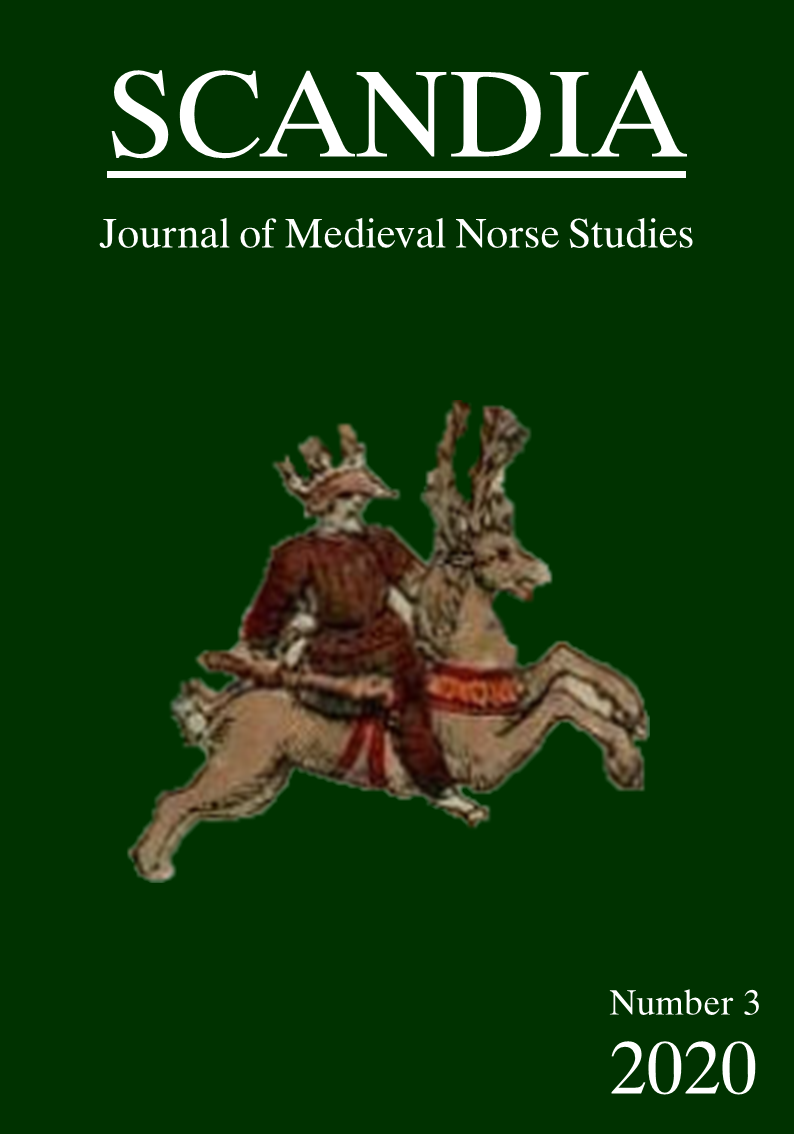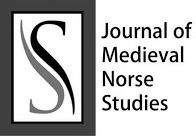THE WORK THAT DOES NOT EXIST: RICHARD WAGNER AND THE LEGENDARY BLACKSMITH
Resumo
Abstract: In 1850 Richard Wagner wrote a libretto for an opera that should have been called Wieland der Schmied. The music for this text was never composed. The legendary figure of the blacksmith will remain a character without music or stage even though Wagner attached to this matter considerable importance as it can be argued by reading his Das Kunstwerk der Zukunft. Wieland der Schmied, however, represents a meaningful text to define the relationship between Wagner and the myth. In rereading the subject of the Old Norse Vnlundarqviða and the Þiðreks saga Wagner does not simply outline the character of the blacksmith only as homo faber, as example of demiurgic cleverness: fusion becomes the symbol of an aesthetic creation and the forging of the wings is the material evidence of a genius’ possibility of elevating above everything material. The blacksmith becomes the symbol of the artist, aware of his creative genius and claiming full and absolute freedom. Through this shift of perspective the German composer expresses, using the mythic element, the irreconcilable conflict between the artist and his time. In this paper I’ll analyse Wagner’s draft drama and the Old Norse sources in order to highlight the problematic relationship between Wieland der Schmied and the ancient Germanic mythology
Downloads
Downloads
Publicado
Edição
Seção
Licença
O(s) autor(es) do original apresentado se compromete(m) a cumprir o que se segue:
- Todos os autores responsabilizam-se publicamente por ele.
- Os autores afirmam que este original é de sua autoria e que assumem integral responsabilidade diante de terceiros, quer de natureza moral ou patrimonial, em razão de seu conteúdo, declarando desde já que a obra não infringe quaisquer direitos de propriedade intelectual de terceiros.
- O(s) autor(es) concordam em ceder os direitos autorais do original à Revista Scandia, à qual concedem permissão para sua reprodução, edição e publicação on-line.
- O(s) autor(es) outorgam seus direitos autorais de seu original à Revista Scandia, licendiado sob a Criative Commons Attribution License, que permite o compartilhamento deste trabalho com o reconhecimento de sua autoria.
- O(s) autor(es) têm permissão e são estimulados a citar e distribuir seu original.



